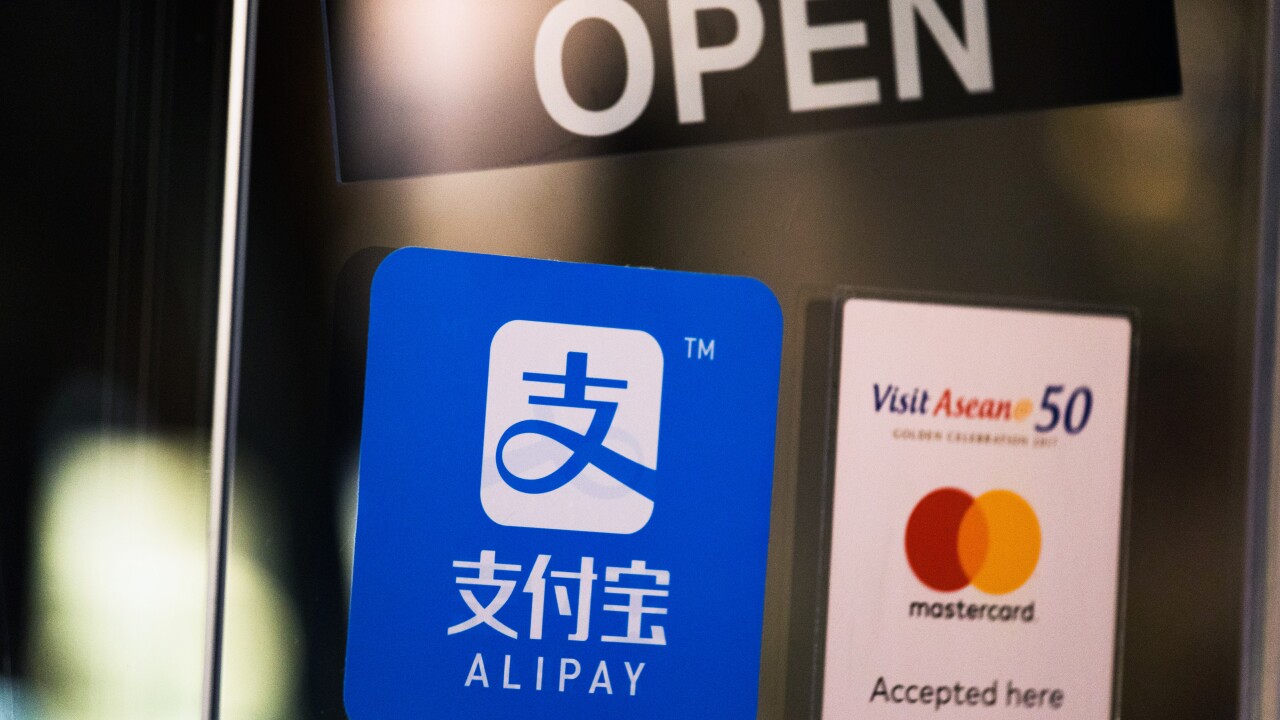The standard Wall Street line on bank stocks is that they are almost interchangeable pegs, moving up in unison when external events turn favorable, and down in the same fashion when events turn unfavorable.
To be sure, bank stocks tend to move inversely with interest rates, but it is not true that investors are "story-proof." The data show that the market takes a much more differentiated look at the worth of bank shares in some periods than in others. Indeed, in the last quarter century, investors have been particularly sensitive to the condition of individual institutions during periods of credit stress, reacting to rising loan losses by punishing higher-chargeoff banks much more severely and for longer periods than lower-chargeoff institutions.
First Manhattan Consulting Group has analyzed data on loan losses, total shareholder returns, the volatility of these returns, and the behavior of stock prices for the country's biggest banks during three distinct periods since 1972. Each period begins in a time of relative credit placidity, one year before a major uptick in bank chargeoffs. These periods are from December 1972 to December 1976, June 1981 to August 1987, and October 1989 to September 1998.
The sample of big banks is divided into two groups: those with much- below-average commercial loan and commercial real estate losses during the relevant period (the so-called good banks), and those with atypically high but survivable losses of the same type (the so-called bad banks). Excluded are banks that failed or were forced to merge during the period, which, if included, would only strengthen our observations.
The pattern in each period is broadly similar. At first, the credit environment being benign, the market does not appear to distinguish between good and bad banks. More precisely, it lacks the capacity to anticipate those that will shortly be getting into trouble. This is not to say that the market is inefficient. It probably is efficient in the sense of processing whatever information is available. It just doesn't get enough information from the banking sector to spot potential trouble-or at least it didn't in the past.
However, as the general level of chargeoffs starts rising and evidence accumulates that some banks are much worse credit managers than others, the market reassesses its stance. Thus, at the start of the 1972-1976 period, the market treated all banks badly. It just wasn't a favorable time for stocks. Although it took a while, eventually investors began singling out the high-chargeoff institutions for especially poor treatment, cutting their values by much more than those of lower-chargeoff banks.
More significantly, the bad banks remained out of favor for very much longer than the good banks. It took them 34 months to move back from their third-quarter 1974 lows to their late 1972 starting points. The good banks, by contrast, made it back in just 22 months.
For the entire 1972-1976 period, the good banks earned an average annual total return of 2.2%, while the bad banks recorded a total return loss of 4.8% per year.
Adjusting these returns for their volatility (as proxied by their standard deviation), FMCG calculated what is called a Sharpe ratio-return per unit of risk. Both good and bad banks had negative Sharpe ratios during this period because their stock returns were below the risk-free rate. But the good banks were much less negative.
Again in our second period, June 1981 to August 1987, the market failed to exercise much initial discrimination among banks. Thereafter, it grew quite selective: The share prices of the period's high-chargeoff banks dropped 30% in about a year; those of the low-chargeoff banks fell by only 13%.
The good banks recovered from their price nadirs with remarkable swiftness, vaulting back to their 1981 starting points in less than two months. The bad banks languished longer, taking some six to seven months to return to square one.
For the period as a whole-one of generally rising stock prices-the low- chargeoff banks netted an average annual total return of 22%, while their high-chargeoff counterparts could manage just 8.3%. The shareholder return per unit of risk of the former (the Sharpe ratio) came to six times that of the latter.
Finally, in our last period, October 1989 to September 1998, the market seemed to adopt a discriminatory posture more quickly than in the past, perhaps because the extent of material bank disclosure had improved. Whatever the reason, the price gap between good and bad institutions widened quite early-earlier than in the two previous periods. At their low point, the bad banks had lost 68% of their value; the good banks, only 30%. The good banks recovered in less than five months; the bad banks took 16 months.
Total returns at good banks came to 19.1% per year; those at bad banks summed to 11.7%. The good had Sharpe ratios three times better than those of the bad.
This brief review underscores the overriding importance of rigorous attention to credit-portfolio management. Banks whose loss experience in periods of high chargeoffs is appreciably poorer than that of peer institutions are flagged and discriminated against by investors-with a lag, to be sure, but one that seems to be growing shorter with each successive credit cycle. If the outsize losses themselves don't kill the institution, the associated long-term depression of equity values could easily undermine its independence, especially in this period of continued strong merger activity.
In a future column, we will explore some of the methods used by cutting- edge banks to circumscribe future losses.





